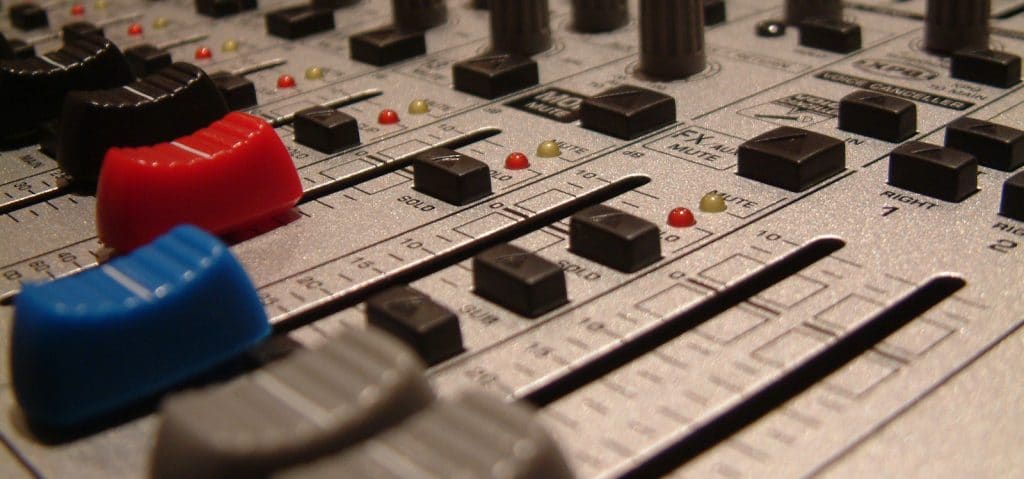Ribbon Microphones and a Phantom Power – is it Dangerous? Clearly Explained
- Author: Artur Fisher
- Published: April 8, 2017
- Updated: January 19, 2024
Will the phantom power damage my ribbon mic? While this question cannot be always answered as simple yes or no, the concept is quite easy to understand if you know how both ribbon microphones and a phantom power work together. So, if you want to know in what circumstances applying the +48V supply can be harmful and, vise versa, when it is perfectly safe to use – this article is for you..

Ribbon Mic and a Phantom Power Problem Defined
Lots of multi-channel audio interfaces and small mixing consoles have grouped phantom power switches. Or even just one switch for all the channels. On the other hand, using ribbon microphones in combination with other microphone types is a normal working situation. If a setup includes condenser microphones then powering up a group is a must. So, if you have a single +48V switch, this old question pops-up.
In Most Cases +48V Power is Safe for Ribbons
Good thing first. In most cases phantom power is not harmful at all. The preamp circuitry feeds the current via two signal wires of a microphone cable. On the other side, these signal wires are connected to the secondary winding of a ribbon mic output transformer. Transformers do not pass the direct current. As a result, transformer blocks the phantom power (which is DC) from reaching the ribbon.

So, it is generally safe to use the ribbon mic with +48V engaged. However, you should avoid connecting or disconnecting a ribbon mic while the phantom power is on. Just to be safe from any possible static discharges.
The workflow should be as follows: check that phantom power is OFF, connect the ribbon microphones (and other required microphones if you have a master phantom switch only), switch the +48V supply ON, do your work, switch the power back OFF, wait for preamp reservoir capacitors to discharge (condenser microphones should stop responding, it can take several seconds), disconnect the microphones.
So, if phantom power is usually safe for a ribbon microphone, is it a myth that we have to be concerned?
When The Phantom Power is not Safe
And no, the potential danger of the phantom power not a myth. There is one situation when a phantom power can be harmful – when you have a jack patchbay between a ribbon microphone and a power source (preamp, audio interface, e.g.).
Jack plugs short circuit the signal wires to ground for a brief moment while connecting and disconnecting. If the phantom power is ON, such short circuit will let the DC reach the motor, as only signal pins of a ribbon mic are DC protected by a transformer, not a ground pin! Such 48V impulse is very likely to destroy or severely damage the ribbon.
So, you must absolutely avoid any manipulations with plugs while phantom power is ON if you are using a jack patchbay.
By now, I only have one reported case of destroying a ribbon this way among my customers. Nevertheless, this risk is real. XLR patchbays, however, are safe.
Please note, that everything above is only related to classical passive ribbon microphones! Active ribbon microphones (the ones with buffering circuitry inside) require the +48V supply and will not function without it.
